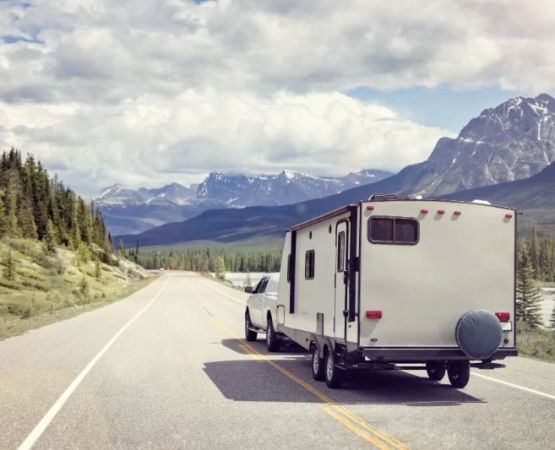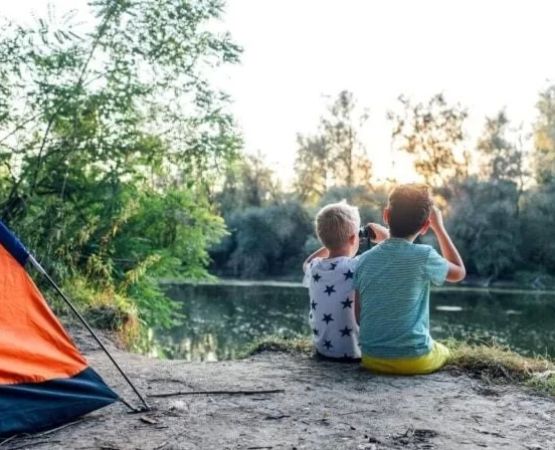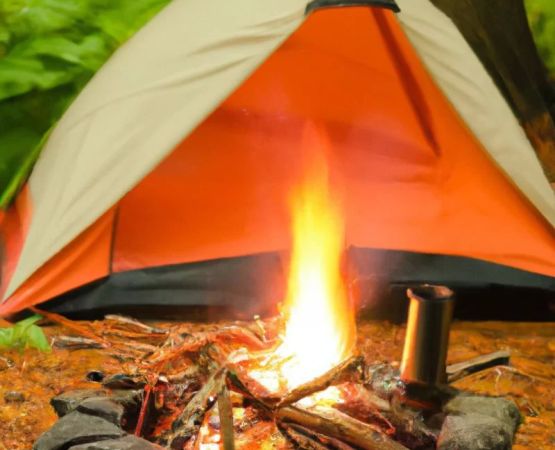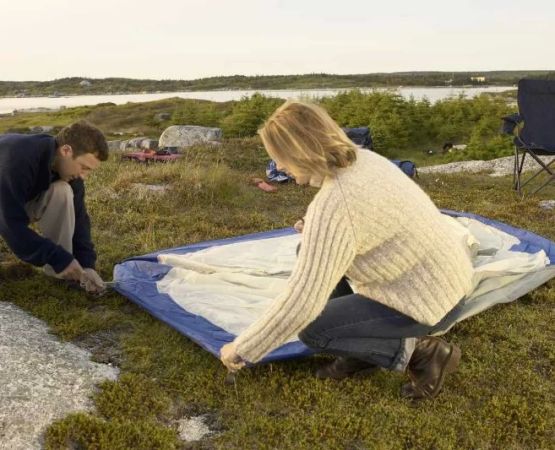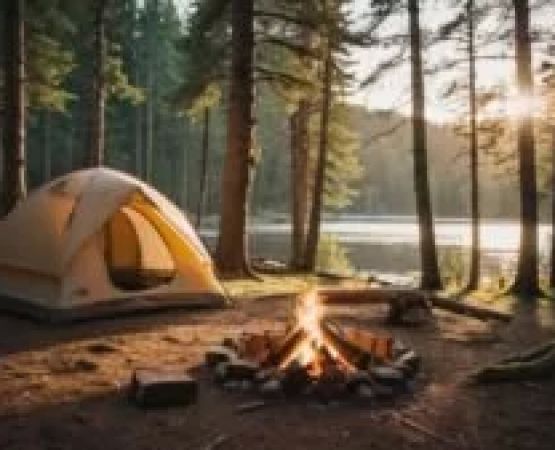Camping in the Cold: Understanding the Risks of Hypothermia
As someone who loves the outdoors, I’ve spent plenty of nights camping in chilly conditions. While camping in the winter or during the colder months can be an incredibly rewarding experience, it also comes with its own set of risks. One of the biggest threats to your health while camping in cold weather is hypothermia. I’ve seen first-hand how easily it can creep up on you, especially when you're not prepared. In this article, I’ll share practical tips and techniques I’ve learned over the years to help you avoid hypothermia while camping in the cold.
Hypothermia is a dangerous condition that occurs when your body temperature drops below 95°F (35°C), leading to a failure of bodily functions. It's critical to understand the signs of hypothermia and take proactive steps to avoid it, especially when camping in the cold. Let’s dive into how you can stay safe and warm on your cold-weather camping adventures.
1. Dressing Right: Layering Is Key
When I first started camping in colder conditions, I made the mistake of thinking that one heavy jacket would be enough to keep me warm. I quickly learned that dressing in layers is the best way to regulate body heat and stay warm throughout the night. The right clothing can make all the difference in preventing hypothermia, and it all comes down to layering.
Why Layering Works
Layering traps heat between layers of clothing, creating insulation and allowing moisture to escape, which is key in cold, damp environments. I’ve found that the best way to dress for cold-weather camping is to follow the three-layer rule:
- Base Layer: Start with a moisture-wicking base layer that sits close to your skin. Materials like merino wool or synthetic fabrics work best, as they help wick moisture away from your body, keeping you dry and warm.
- Insulating Layer: The middle layer should be insulating, such as fleece or down, which helps trap your body heat. I personally prefer a down jacket or a synthetic fleece pullover for this layer as it provides warmth without bulk.
- Outer Layer: The outer layer should be waterproof and windproof. A good quality, breathable jacket that can protect you from the wind and rain is essential in preventing body heat loss. I’ve found that a good quality, durable jacket can make a huge difference during cold, windy nights.
Don't forget your hands, feet, and head! These extremities are where you lose most of your heat, so wearing insulated gloves, thick socks, and a warm hat can help maintain your body temperature.
2. Keep Moving: Stay Active to Generate Heat
When I’m camping in cold weather, I’ve noticed that staying active during the day can help my body stay warm, especially when the sun starts setting. Physical activity generates body heat, and keeping your blood flowing is essential in preventing hypothermia. If you’re feeling too cold, take a brisk walk, do some jumping jacks, or build a campfire. These simple activities can make a huge difference in keeping you warm.
Why Movement Is Important
Keeping your body moving during the day and evening is a great way to maintain warmth. Sitting still for too long in the cold can cause your body temperature to drop, especially in your extremities. It’s essential to find a balance between rest and movement while camping in cold weather. I’ve found that setting up camp early, moving around to gather firewood, and even stretching my legs can help me avoid getting too cold.
3. Sleep Warm: Invest in Proper Sleeping Gear
One of the most critical aspects of avoiding hypothermia while camping in the cold is ensuring that you stay warm at night. I’ve learned that your sleeping system is just as important as what you wear during the day. If you’re camping in colder temperatures, investing in high-quality sleeping gear can prevent you from freezing at night.
Choosing the Right Sleeping Bag
The first step in staying warm while sleeping is choosing the right sleeping bag. Sleeping bags come with temperature ratings, and it’s essential to pick one that can handle temperatures lower than what you expect to encounter. For example, I always go for a sleeping bag rated for 10°F lower than the temperature I anticipate, just to be safe. A down-filled bag is great for insulation, but a synthetic bag may perform better in damp conditions.
Sleeping Pads: Don’t Overlook Insulation from the Ground
While a sleeping bag can keep you warm from above, you also need to ensure that you are insulated from the cold ground. Cold ground can sap your body heat quickly, so always use an insulated sleeping pad. I always opt for a thick, inflatable sleeping pad with an R-value suitable for the temperatures I expect. It’s an investment that has always paid off, providing warmth and comfort throughout the night.
4. Stay Dry: Wet Clothes and Hypothermia Don’t Mix
One of the fastest ways to develop hypothermia is by getting wet in cold weather. Wet clothing loses its insulating properties, and the cold moisture against your skin will rapidly drain your body heat. I’ve learned the hard way how important it is to stay dry, especially in wet or snowy conditions. Always have a plan to keep your clothes dry and carry extra clothing in case of an emergency.
How to Stay Dry
If you get caught in a rainstorm or fall into a river, immediately change out of wet clothes and into dry layers. I always keep an extra set of clothes in a dry bag, and I never leave camp without waterproof gear. Additionally, ensuring your tent is waterproof and keeping your gear off the ground can help protect you from moisture.
5. Know the Signs of Hypothermia: Early Detection is Key
Understanding the signs of hypothermia is crucial to staying safe while camping in cold conditions. I always remind myself and my fellow campers to watch for any signs that might indicate someone is getting too cold. Hypothermia can develop gradually, and it’s essential to catch it early to avoid serious complications.
Signs of Hypothermia
Some of the early signs of hypothermia include:
- Shivering that gets stronger
- Slurred speech or confusion
- Loss of coordination or stumbling
- Cold, pale skin
- Fatigue or exhaustion
If you notice any of these signs in yourself or someone else, it’s important to get them out of the cold immediately, warm them up gradually, and seek medical attention if necessary.


